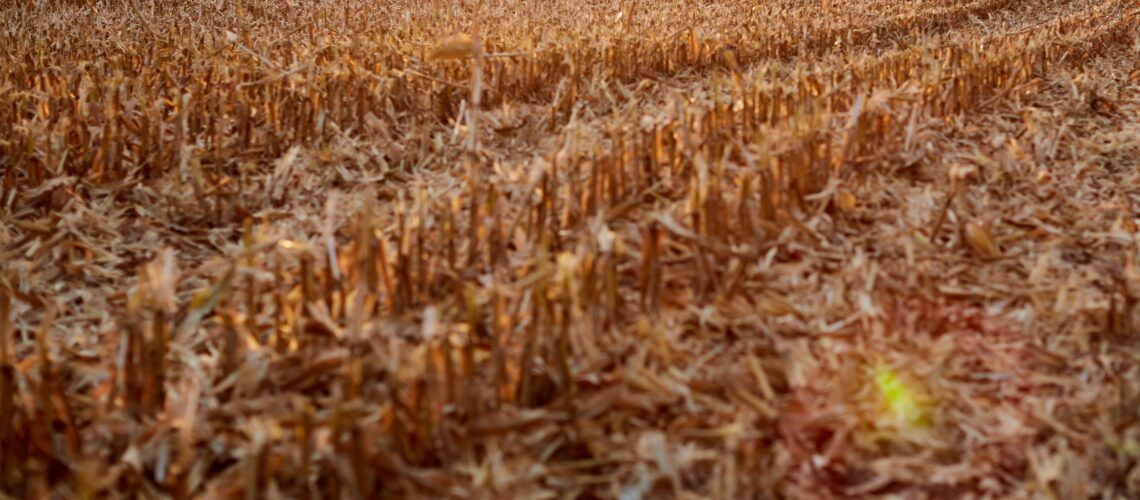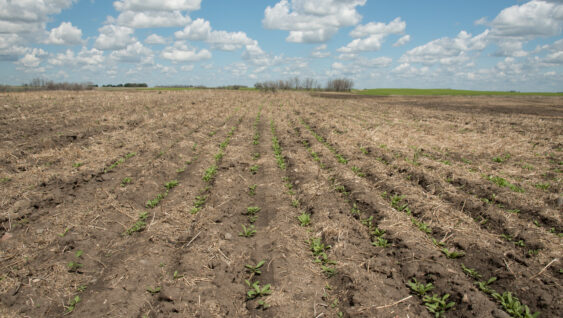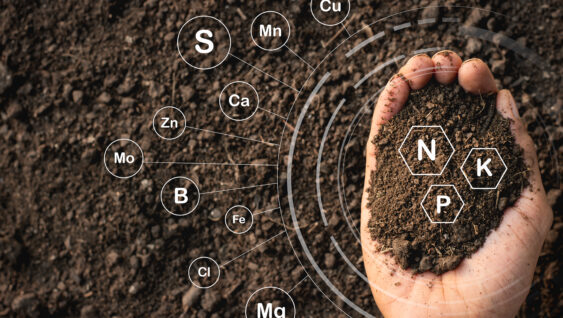Broadcast or Deep Band? Strip-till or No-till? A Soil P and K Comparison.

Over the past 20 years, no-till corn and soybean production has become more widely accepted. Reasons for no-till include lower operating costs, plus the likelihood that crop residue conserves more soil and water than conventional tillage.
These positives are balanced by the fact that residue can interfere with planting operations. Because the soil stays wet and cool longer, no-till can delay planting, germination, and early growth.
For these reasons, strip-till has emerged as best of both worlds for some farmers. It provides the soil and water conservation benefits of no-till, as well as the improved seed-bed conditions of conventional tillage. Strip-tilling also allows for simultaneous deep band fertilizer application.
Some researchers believe that compared to broadcast application, deep banding improves nutrient availability, nutrient efficiency and yield. They also believe it lowers the potential for environmental degradation from runoff.
However, deep banding might increase potential soil erosion due to soil disturbance. It also presents a challenge when soil sampling for P and K levels, due to the creation of “zones” of concentrated nutrients. Over time, fertilizer patterns can start to form.
In a recent study that appeared in the Soil Science Society of America Journal, researchers Dr. Fabian Fernandez and Daniel Schaefer compare the distribution of P and K between three systems: no-till broadcast (NTBC), strip-till broadcast (STBC), and strip-till deep band—fertilizer applied 6″ below surface at row position (STDB). The study also suggests improved soil sampling procedures for these three systems.
The following are some of the study’s broad conclusions:
- While placement methods (broadcast vs. deep band) did have a large influence on soil P and K, tillage methods did not.
- While deep banding increased soil test levels in the subsurface, plant uptake decreased soil test levels in the surface.
- Deep banding created a pattern of high soil P and K test levels in row and lower levels between rows.
- Maintaining the same rows from year to year increased soil K test levels (but not P) within 4″ of the row surface in all tillage/placement methods. This was likely due to nutrient recycling of K by crop residue.
- P and K fertilizer rates do not require adjustment based on tillage/placement methods, as changes in P and K were similar across different treatments.
- When the fertilizer band and the planting row are maintained in the same position year to year, sampling location is an important consideration.
- If the band is deeper than the recommended sampling depth, soil test levels can be underestimated.
- If the location of a banded nutrient (or in the case of K, the planting row) is maintained in the same position from year to year, avoiding these areas during sampling can cause soil test levels to be underestimated.
- If soil samples are only collected from the fertilizer band, overestimation of soil P and K levels can occur.
- When RTK satellite navigation is used to maintain fertilizer bands and planting rows constant, a ratio of 1:3 IR/BR (in row/between row) sampling procedure seems adequate to estimate soil fertility.


